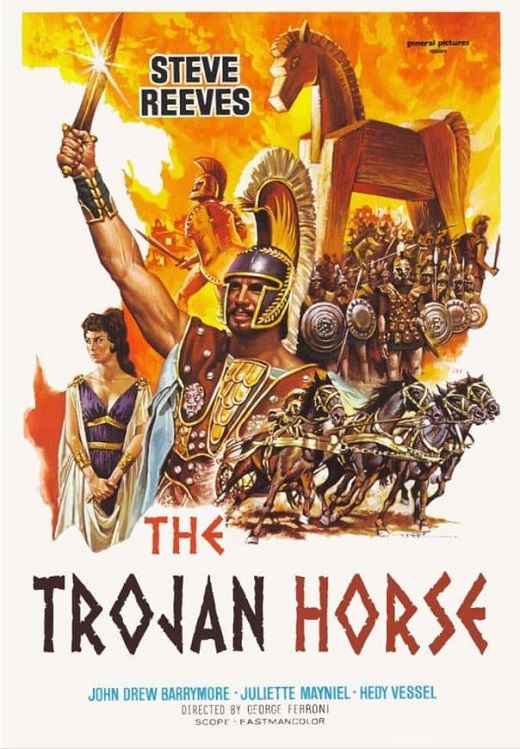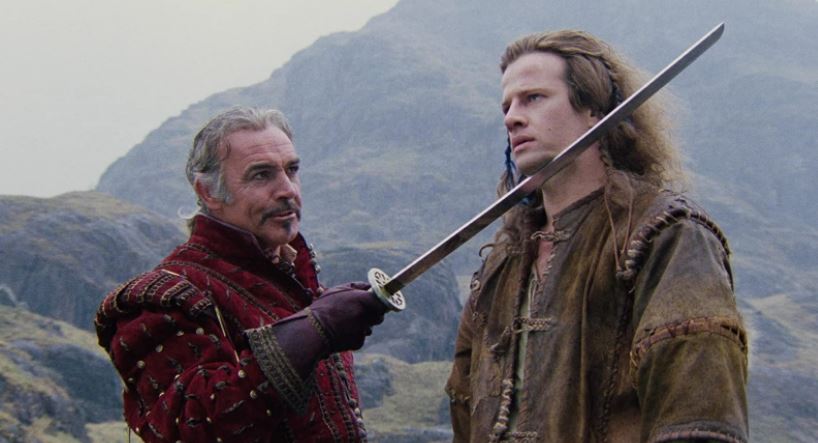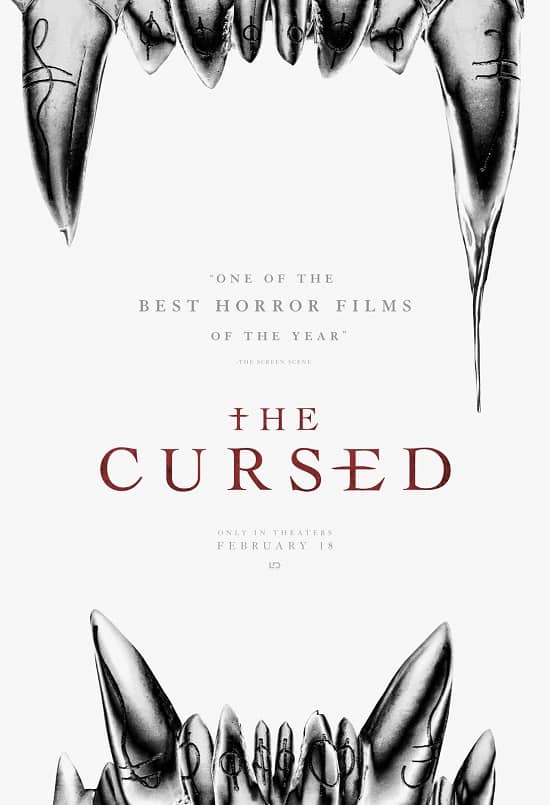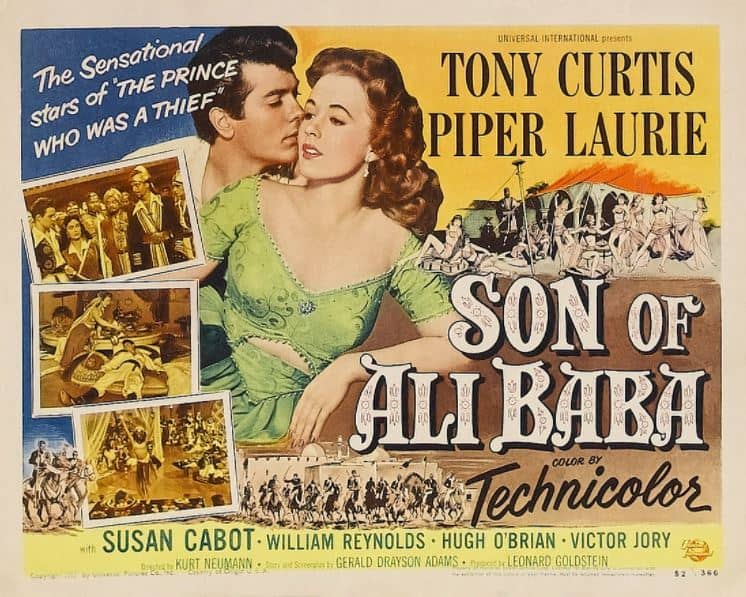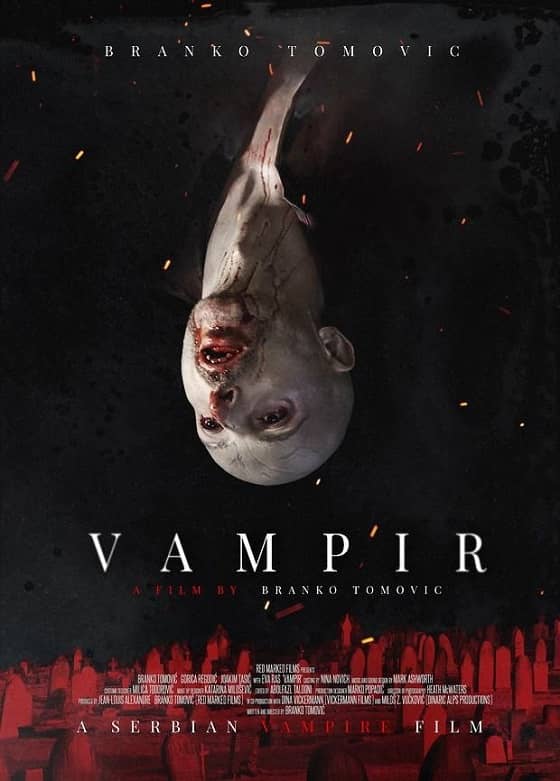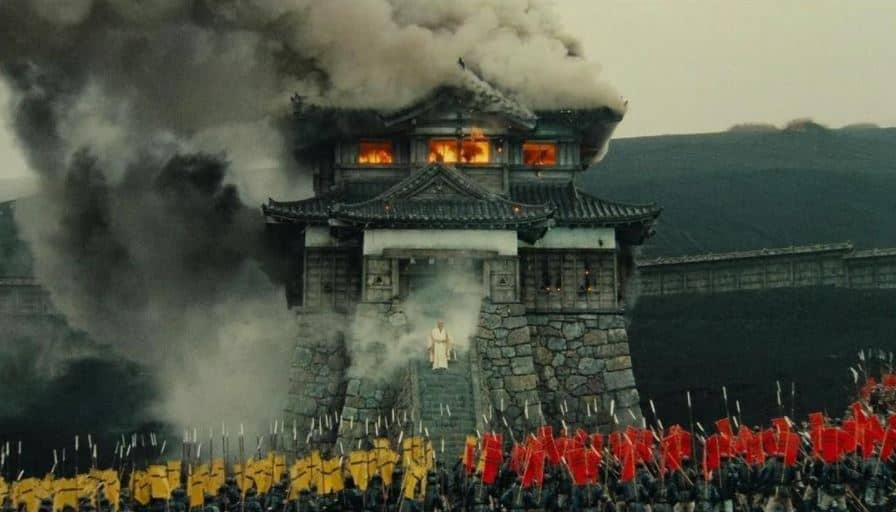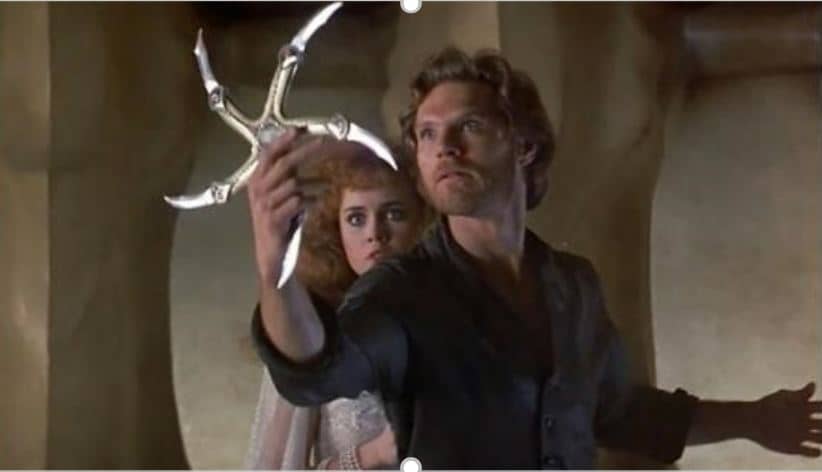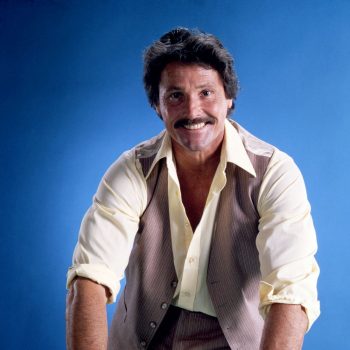Ellsworth’s Cinema of Swords: Boy-Toys of Troy
The Trojan Horse (USA, 1956)
Our major source for stories of the legendary Trojan War is Homer’s The Iliad (8th century BCE, more or less), which includes a huge cast of characters from both the besieging Greeks and the defenders of Troy, as well as the many Olympian gods who meddle in the mortals’ affairs. For focus, a screenwriter telling a story based on this epic needs to pick a few major characters to follow and relegate the rest to supporting roles. In films made in the middle of the 20th century, that usually meant leaving the gods out entirely, because including them would have meant your film was considered a fantasy (the horror!), and the Western movie-going audience was deemed too Christian to regard Classical polytheism as anything but benighted superstition.
